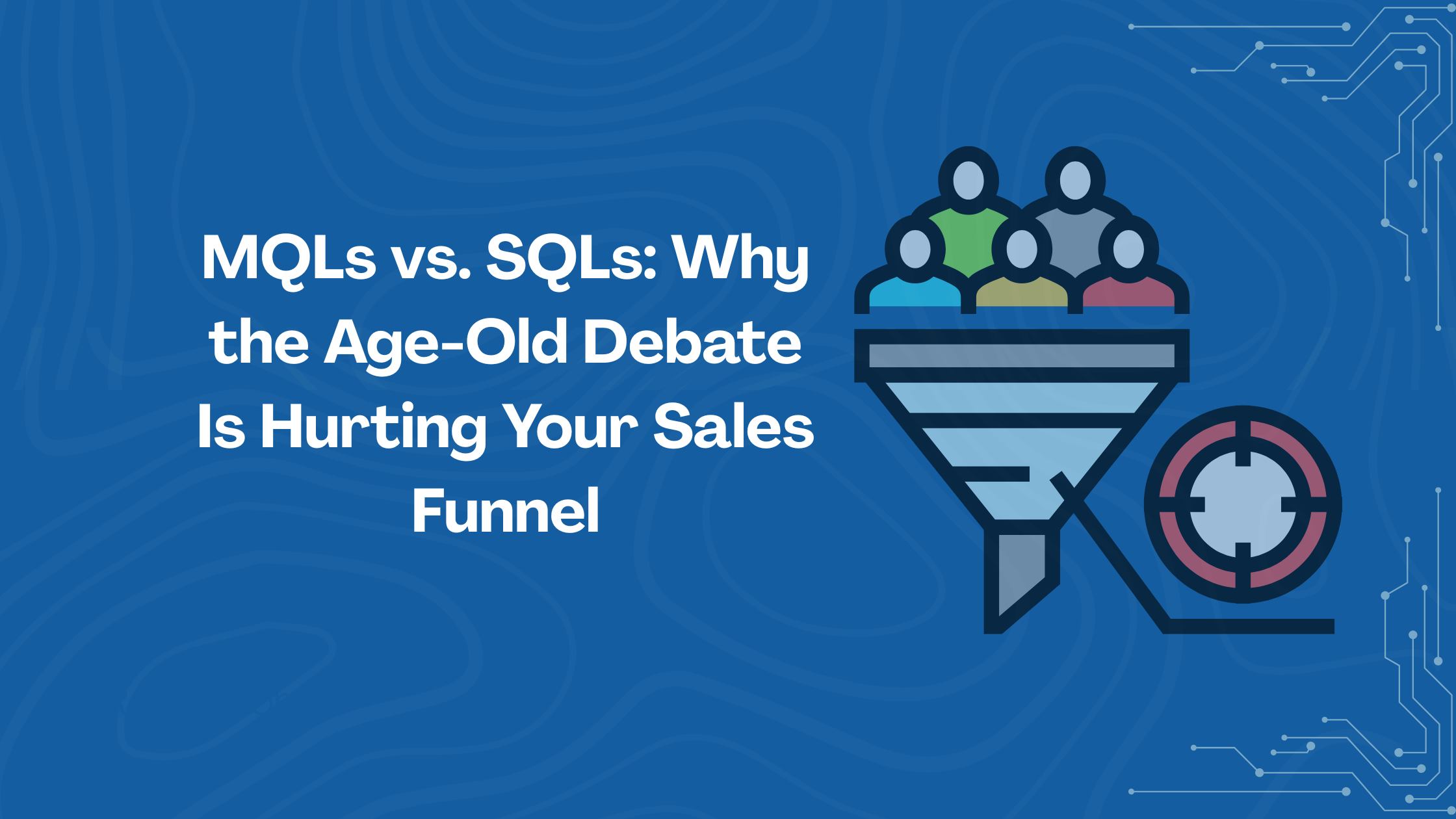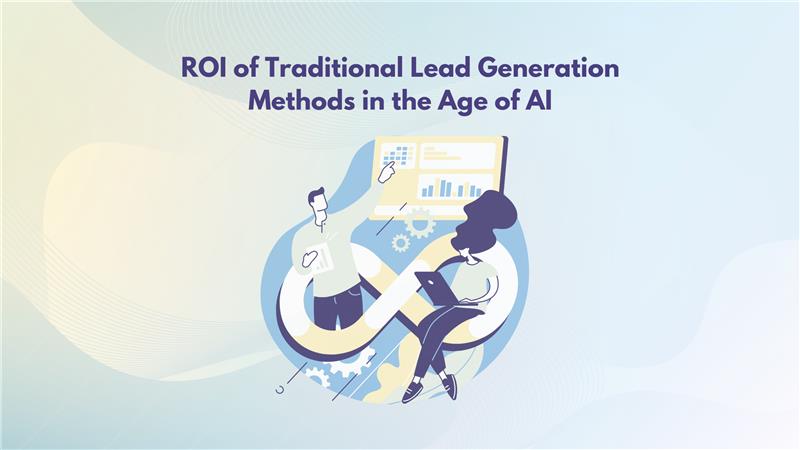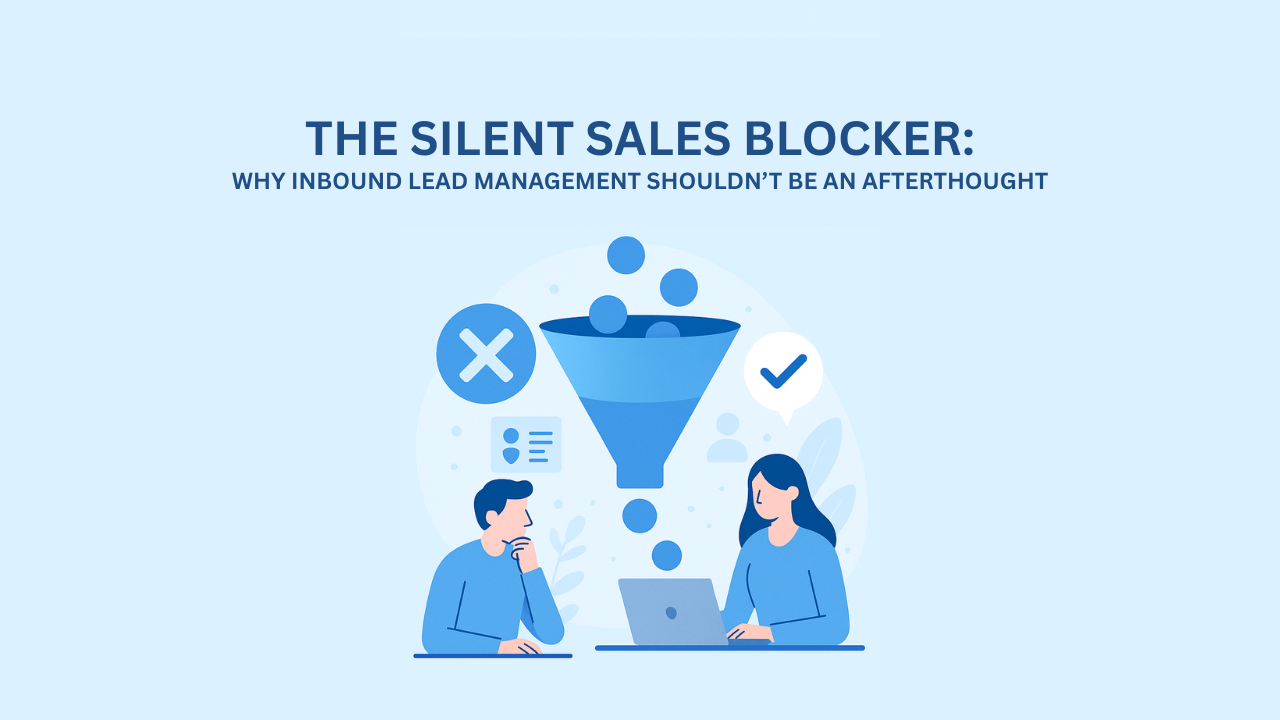
B2B Content Syndication using the Outbound Approach
B2B content syndication has been a popular way for companies to reach a broad audience, increase lead generation volume, and gain exposure. Most organizations depend on online publications and media agencies for content syndication. Since these agencies focus on a specific functional area, demographic, or industry vertical, they may have a sizeable base of subscribers.
But there are also many challenges that these publications bring about. Read on as we shed light on the current state of B2B content syndication and offer tips on the best ways of doing it.
The Current State of B2B Content Syndication
Content syndication offered by publishers or marketing agencies is often traditional in nature. They work with organizations to understand their requirements and publish content to drive traffic. Readers who wish to access any content are asked to opt in by sharing their contact details and other business information. Such opt-in cases are then available to the organization as “leads”.
While a large percentage of organizations rely on these publications, they tend to experience several issues:
- Anyone can opt in and be counted as a lead. From casual readers to competitors, researchers, students, journalists, jobseekers, or someone totally irrelevant. The objective of obtaining leads that have a reasonable potential of engaging in the sales cycle or converting into customers (or partners or dealers) is often not met.
- Although most opt-in forms today validate requests or e-mail collateral or links to the user based on the information provided, there is still a good set of leads that are incorrect or inaccurate.
- The filters and qualifications used to validate prospects’ role and intent seldom work and hence the leads are not very relevant.
- There is often a significant time gap between when a person opts in for content and when the lead is made available to the organization.
- Some of the leads potentially shared by content syndicators may be from their database for similar use-cases or industries. These include prospects who did not specifically sign up for a particular organization’s content but opted-in to receive similar information. This tends to result in lower conversion rates and a poor user experience, as the same lead is shared across multiple use cases and customers.
- The generalized nature of campaigns makes it difficult for organizations to generate intent-based leads.
An Alternate Way of Doing Content Syndication
In an age of information overload, organizations need to take a more direct and outbound approach to content syndication. Instead of engaging with mass scale publishers, they must partner with agencies that understand the criteria of the Ideal Contact Person (ICP) and are willing to customize based on such search and filters. Such agencies can tailor the outreach so that any prospect contacted fits within the specified criteria. By reaching out to the right types of titles or job functions, companies, and other qualifying criteria, organizations can ensure prospective leads meet all their conditions.
Such an approach has the potential to achieve higher levels of engagement, better conversion, and a lower cost of customer acquisition. It also allows organizations to craft a more efficient marketing program. It also enables them to meet the highest standards of data privacy as the list of leads is validated through an active opt-in process.
For instance, when an agency reaches out to a prospect through a voice call or direct 1-1 outreach, it solicits interest from the prospect after explaining what it is about. An opportunity is provided to the prospect to opt in, with the caveat that they may opt out at any time. Such an approach results in a lead that is:
- Actively interested in the organization’s content or offer, as he or she has been asked about it and expressed interest.
- Timely, as the gap between the active response and any follow-up step is minimized and the interaction is fresh in the mind of the prospect.
- Accurate, as the information has been collected after an actual interaction with a prospect with inbuilt validation (such as the phone number or email ID).
- Tailored for a particular audience segment based on the ideal buyer persona and curated to meet specific outcomes, duration, and extent of the outreach.
Leveraging a combination of human + tech intelligence, such agencies can drive intent-based, targeted leads. Instead of relying on paid sources or third-party publishers, they can build net-new relevant audience on the organization’s behalf and interact with prospects to understand their content needs and get their consent. Such a targeted approach leads to more accurate leads that meet all the necessary criteria.
Conclusion
Content syndication is a popular way of generating high-quality in-market leads. It provides organizations with a channel to make their content assets available to a larger audience interested in learning about a specific topic or product. But as the content syndication rat race gets increasingly competitive, there is a pressing need to drive targeted and intent-based content syndication.
At InfoAnalytica, we take an effective approach to content syndication. Leveraging proprietary technologies coupled with human outreach, we can help you uncover relevant insights and sales intelligence that drive new customer acquisitions and revenue streams. We can identify and nurture high-quality leads from your marketing campaigns and seamlessly push them into your marketing automation platform.
Contact us to learn more about how our approach to content syndication can help you deliver valuable and targeted content to your audience across channels.

AI is rapidly changing the sales landscape, automating outreach, personalizing engagement, and handling routine tasks at scale. But does this mean the traditional Sales Development Representative (SDR) role is becoming obsolete?

ROI of Traditional Lead Generation Methods in the Age of AI

In today’s hyper-connected B2B environment, companies invest thousands, sometimes millions, into driving traffic, generating content, running campaigns, and getting potential buyers to raise their hands.
But what happens when those inbound leads actually do show up?